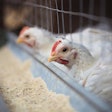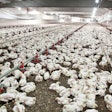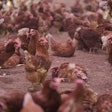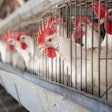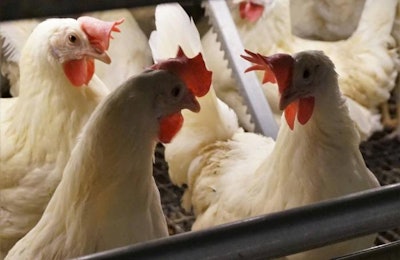
Nearly two-thirds of the U.S. layer flock will need to be housed in cage-free system by 2025 to meet anticipated demand, according to figures published by United Egg Producers.
On October 7, the egg farmer cooperative published an updated report from the U.S. Department of Agriculture’s Analytics Division estimating 213.8 million cage-free hens, about 74 percent of the 276 million layers in the U.S., will need to be cage free by 2026.
Currently, there are 16.6 million non-organic, cage-free layers in the U.S. The flock must increase by more than 1,000 percent in a decade to serve the retailers, restaurants and foodservice companies committed to serve only cage-free eggs by or around 2025.
“USDA’s figures … indicate a shortage of nearly 200 million hens to meet the growing demand over the next 10 years,” the newsletter said.
As more retailers join the clamor for cage free, the U.S. egg industry is hustling to meet demand. The country's top egg producers, including the largest, Cal-Maine Foods Inc., are making major investments to increase their cage-free capacity in time to fulfil their customers' pledges.
While egg producers consider their cage-free housing options, WATT Global Media published a series of articles profiling the types of equipment – aviary, convertible and floor systems – and their pros and cons.
Explore cage-free commitments through sortable tables
The report also analyzed 16 foodservice companies, 10 hospitality and travel companies, 13 food manufacturers, 8 convenience and drug retailers, 2 dollar and variety retailers, 50 restaurant companies and 83 grocery chains who have committed to go cage free by 2030. View and sort within the following tables to see when those retailers are due to go cage free, their number of outlets around the U.S., how many eggs they need on an annual basis, and how many hens would be needed to supply each retailer. The number of hens needed is estimated using the assumption a single hen will lay 270 eggs a year.






